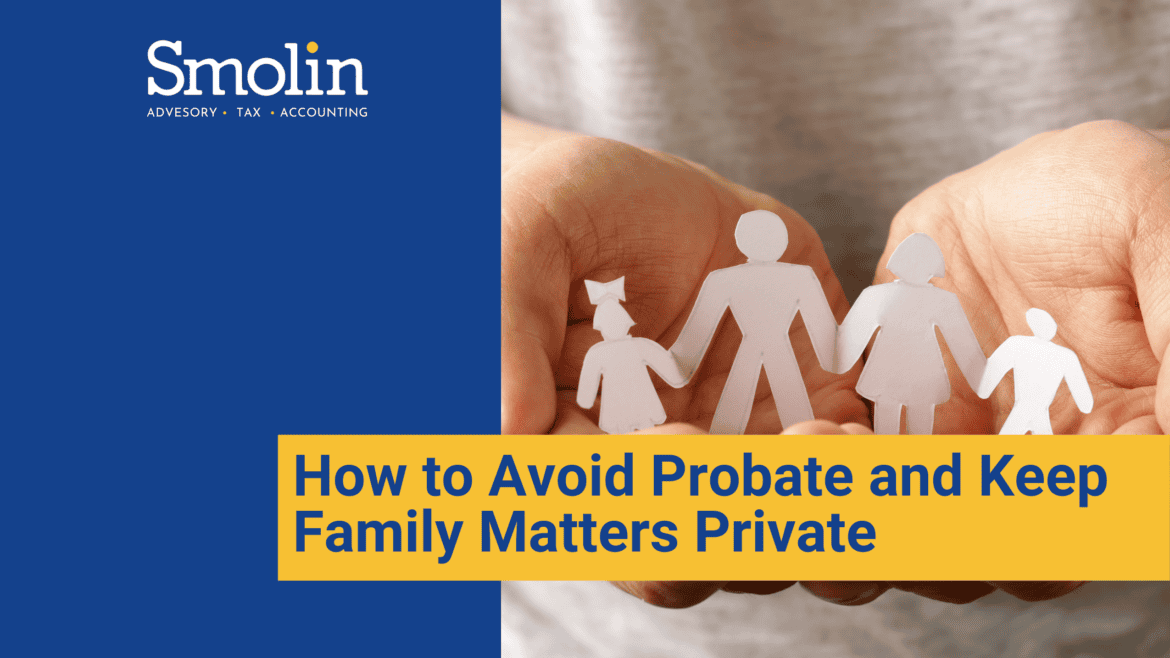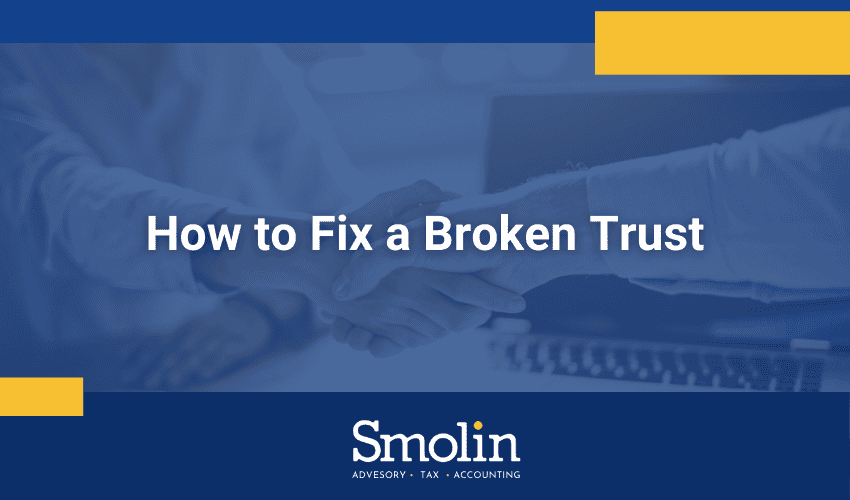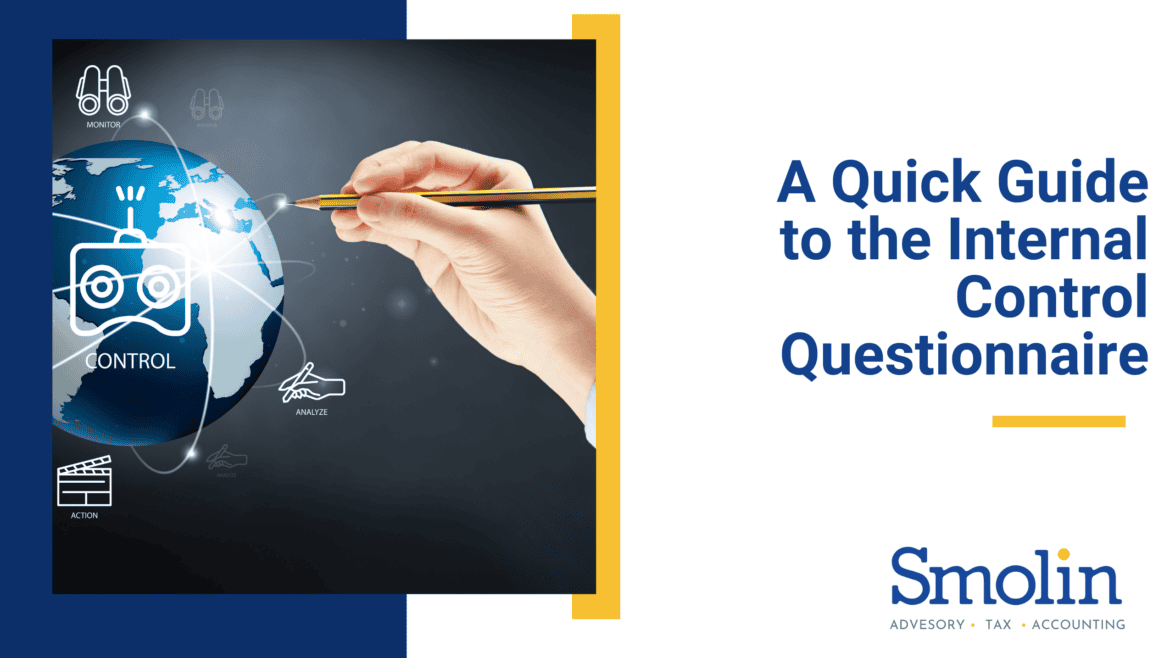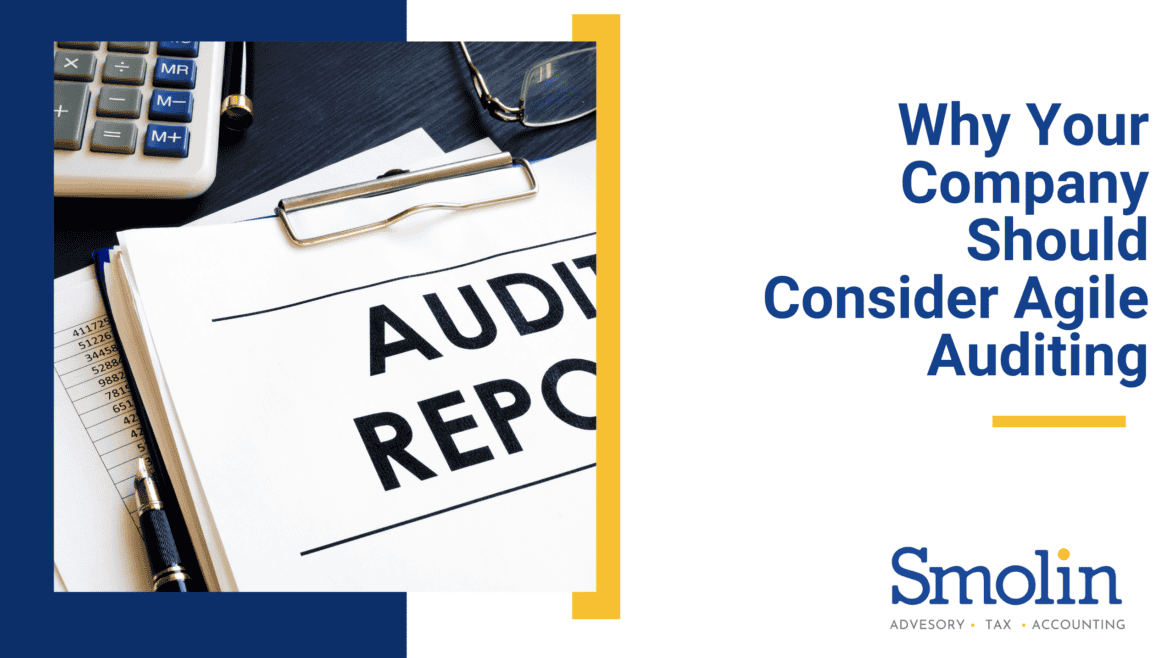
If you operate a small business as a sole proprietorship or are preparing to launch a new business, you may consider protecting your assets by forming a limited liability company, or LLC. Here’s a quick guide to what operating as an LLC entails—and how you can decide if it’s right for your business.
LLCs are flexible and function like a hybrid entity in that they can be structured to resemble a partnership for federal tax purposes or to resemble a corporation for owner liability purposes. As such, LLCs may allow owners to experience the best of both worlds.
Protecting your personal assets
The owners (or “members”) of an LLC resemble the shareholders of a corporation in that they aren’t typically liable for the debts of the business beyond the extent of their investment. As such, an LLC can help protect the owner’s personal assets against the business’s creditors.
The protection offered by an LLC is also much more effective than the protection offered by a partnership, since the general partners in a partnership are still personally liable for the business’s debts. Even limited partners who actively participate in managing the business may be personally liable.
Potential tax benefits
Under the “check-the-box” rules, the owners of an LLC can elect to have their business treated as a partnership for federal tax purposes—and doing so can provide the owners with a number of significant tax benefits.
For instance, partnership earnings aren’t subject to entity-level taxes and instead “flow through” to the owners in proportion to their respective interests in profits. As such, these earnings are reported on the individual returns of the owners and are only taxed once.
Owners of LLCs that are taxable as partnerships can also take the Code Section 199A pass-through deduction, subject to various limitations, to the extent that the income passed through to them is qualified business income. Since they’re actively managing the business, they can also deduct their ratable shares of any losses the business generates on their individual tax return. This can allow owners to shelter any other income that they or their spouse may earn.
LLCs that are taxable as partnerships can also provide specific partners with special allocations of tax benefits, which can be a major benefit of forming an LLC rather than an S corporation. And while S corporations are subject to certain federal tax code restrictions regarding the number of owners and which types of ownership interests can be issued, LLCs are not subject to these restrictions.
Contact us for help
As you can see, operating your business as an LLC can offer you protection from creditors but still provide you with the tax benefits of a partnership. If you have questions about how forming an LLC might benefit you and your business, contact us.

















